During pregnancy, the umbilical cord is the connection between the baby and the mother. It helps bring blood, oxygen, and nutrients to the baby while it is growing in the womb. The umbilical cord is clamped (and afterwards, cut) shortly after birth, but the time between birth and cord clamping can vary.
The umbilical cord is usually clamped, and subsequently cut, within 30 seconds of birth under normal circumstances. However, some mothers choose to delay this process for a minute or more, in a process known as “delayed cord clamping”.
Your newborn baby will be placed on your abdomen during the delay in cord clamping. The doctors and nurses will also check on your baby to ensure that they are able to breathe during this time. They may also provide some touch stimulation and begin to clean them off.
An obstetrician will be present the entire time. Because your baby will be born with heart disease, other specialists may also be present.
That is something you would discuss with your obstetrical provider.
While we would like to tell you “yes”, this may not always be the case. Most mothers will have an opportunity to hold their baby after delivery and cutting of the umbilical cord. However, some newborns with heart disease may require additional help to stabilize and breathe on their own. This may cause a delay between delivery and when the mother gets to hold her infant.
Unfortunately, no. Delaying the clamping of the cord at birth will not treat your baby’s heart disease.
No, we have a number of study processes in place to optimize you and your baby’s safety.
Infants with heart disease are often excluded from participation in pediatric trials. Unfortunately, previous studies on cord clamping did not include infants with heart disease. CORD-CHD will be the first large trial to include this important patient population.
Yes. Vaginal or cesarean births can participate in CORD-CHD.
